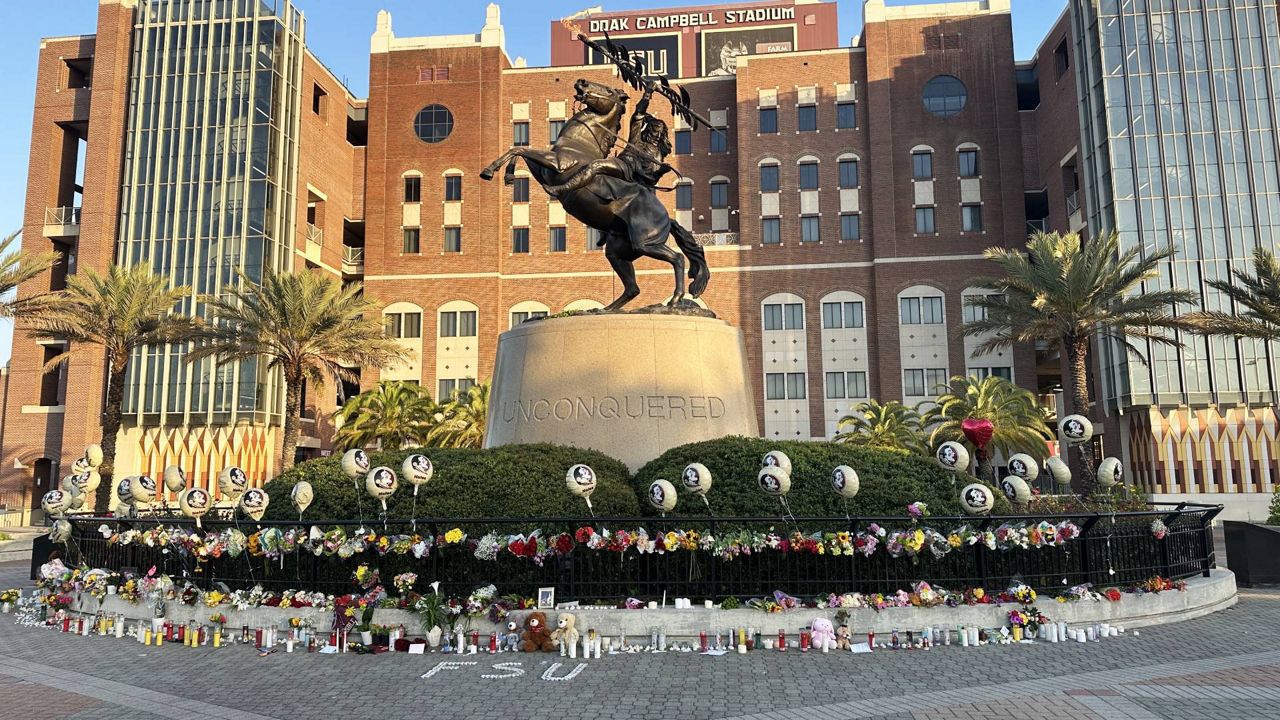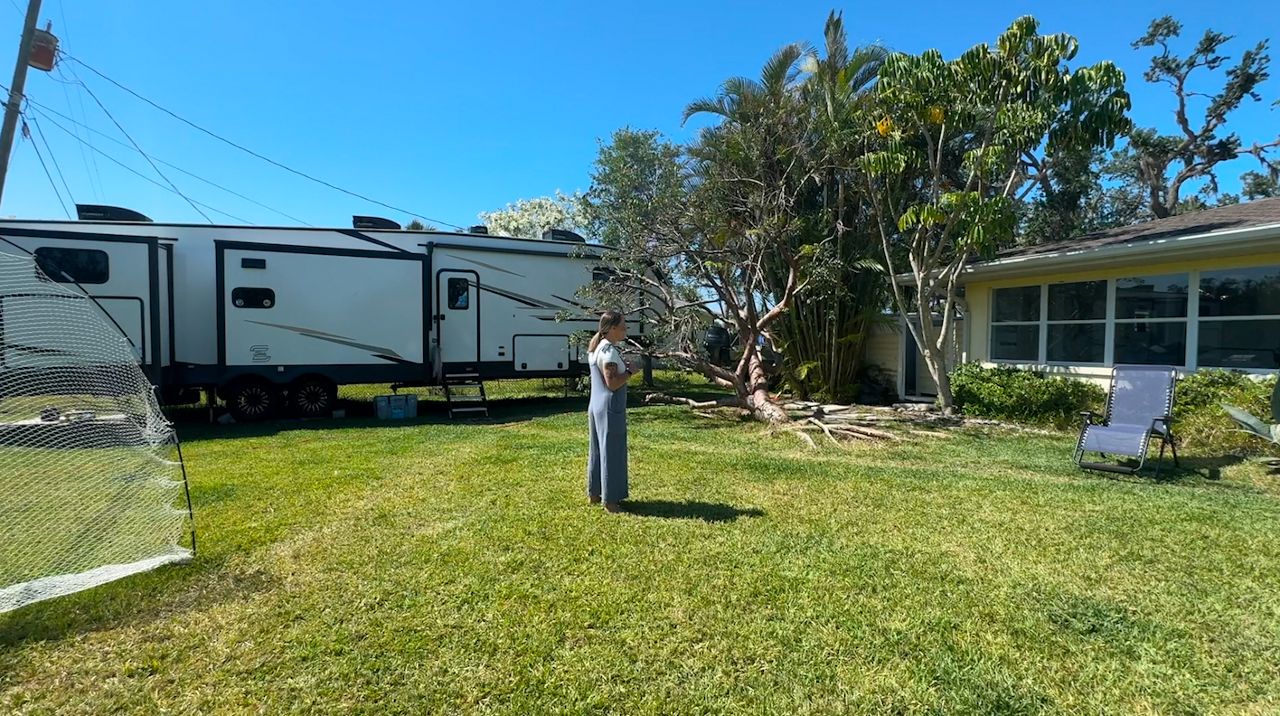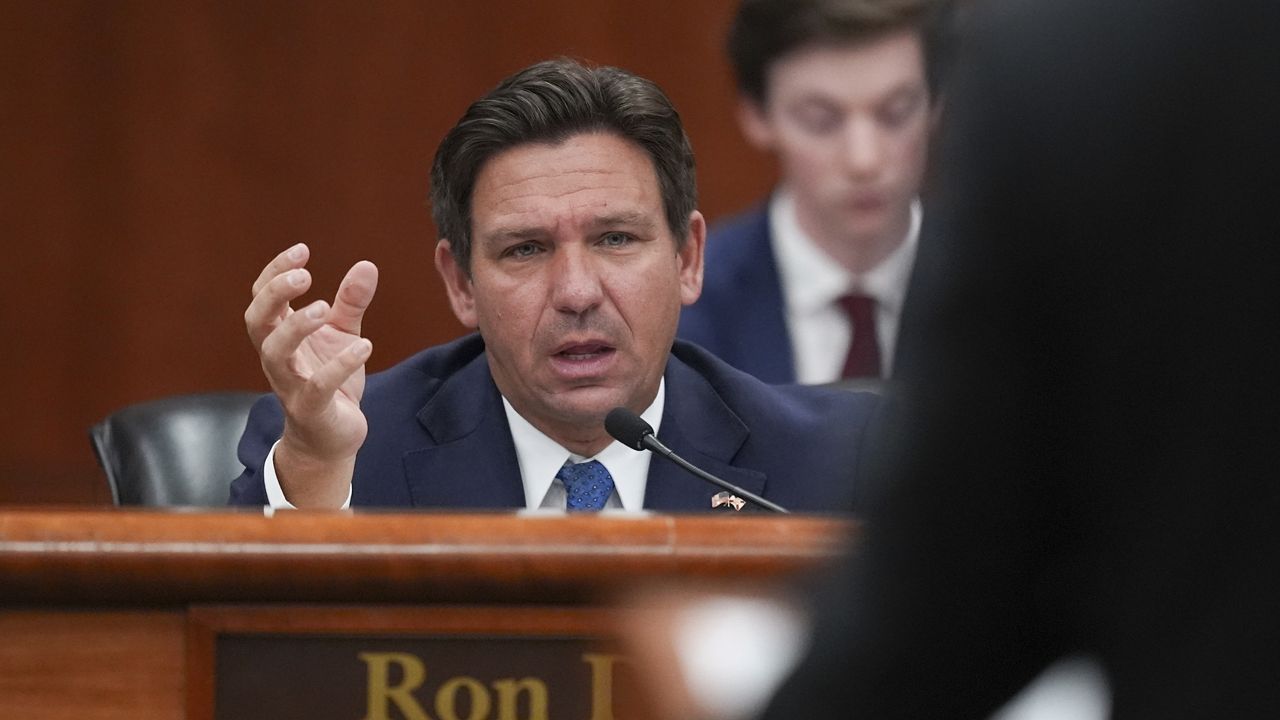ORLANDO, Fla. — According to Miami Dade records, the Miami condo complex that collapsed early Thursday morning was built in 1981, making it 40 years old.
What You Need To Know
- Champlain Towers South collapsed early Thursday morning
- A structural assessment review for it was due this year
- An engineer believes the collapse was an isolated incident
In Miami-Dade and Broward counties, after 40 years, a building has to undergo a structural assessment to make sure it is safe.
That review for Champlain Towers South, a 12-story complex that has 136 residences, was due this year. And according to structural engineer Thomas Sputo that assessment is the only required structural assessment for buildings in that area.
The reason why this building partially collapsed remains under investigation, but Sputo offers his thoughts on how to keep a building standing for a century.
“If a structure is properly maintained, you keep the water out of the building, you make sure you don’t have infestations with wood-destroying organisms like termites, generally the building will function well for a good long time … well over a hundred years,” says Sputo.
Sputo believes this was an isolated incident and urges residents not to panic.
“In general, the building stock here in Florida is safe and again, I would not get overly concerned,” says Sputo.
Digging into Miami-Dade County building permit records showed three master permits for the building. The most recent in 2017 for electrical work. It is unclear whether any other work was currently being done to the building. To access those records, the county requires the building permit number, which was not provided to Spectrum News.
Sputo was asked why a particular area of a building might collapse before other areas.
“There are current requirements in the building code, and again these are less than 20 years old regarding progressive collapse,” explains Sputo.
Sputo says newer buildings are constructed to localize a collapse, instead of having a damaged area create a domino effect or a progressive collapse.
It was after the Oklahoma City bombing and Sept. 11th when officials required buildings to have the progressive collapse code.
Sputo says right now any specific reason for this building would be speculation, but believes the investigation will reveal some, in his words, “bad decisions”.









